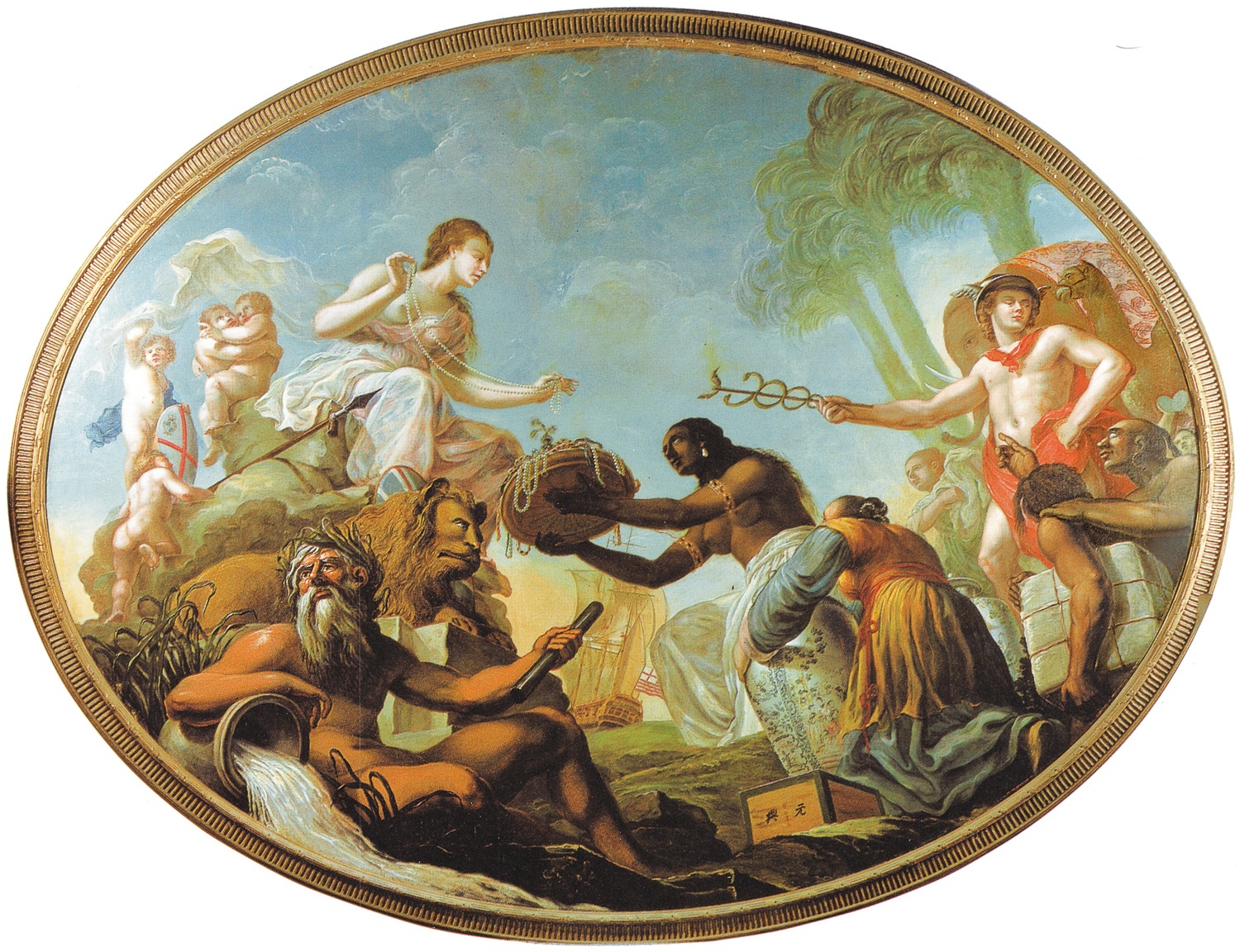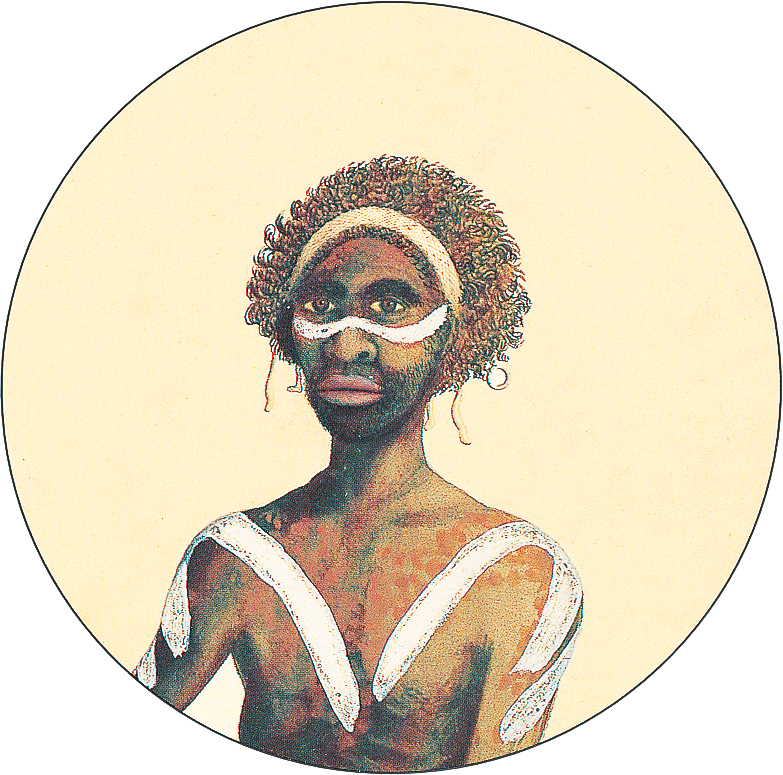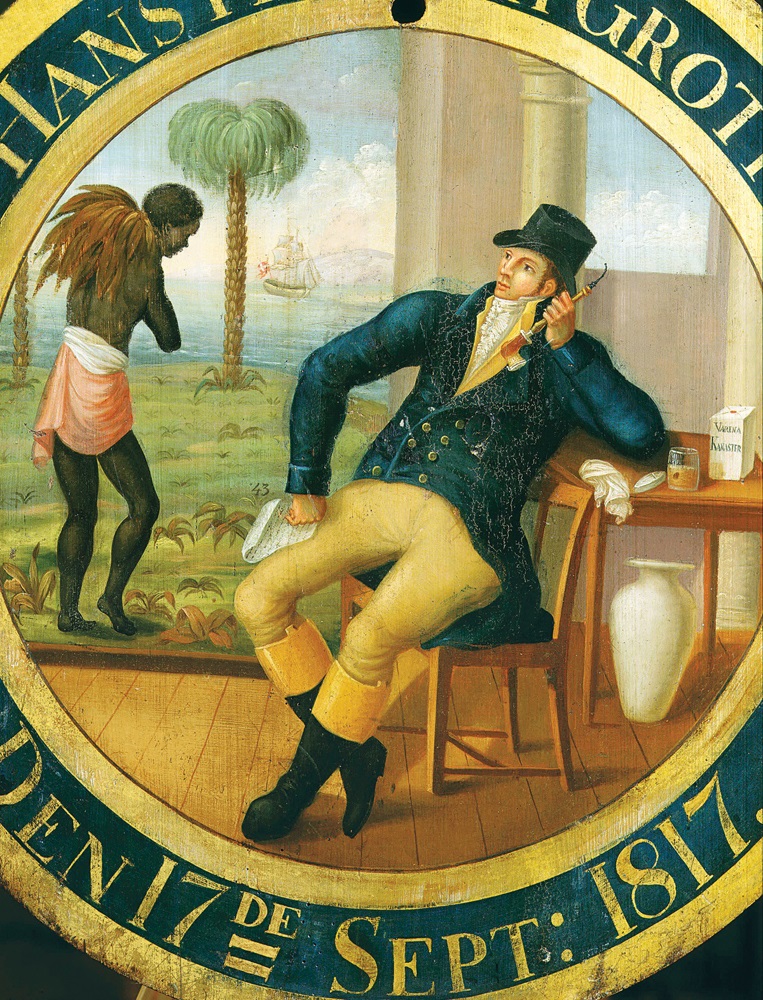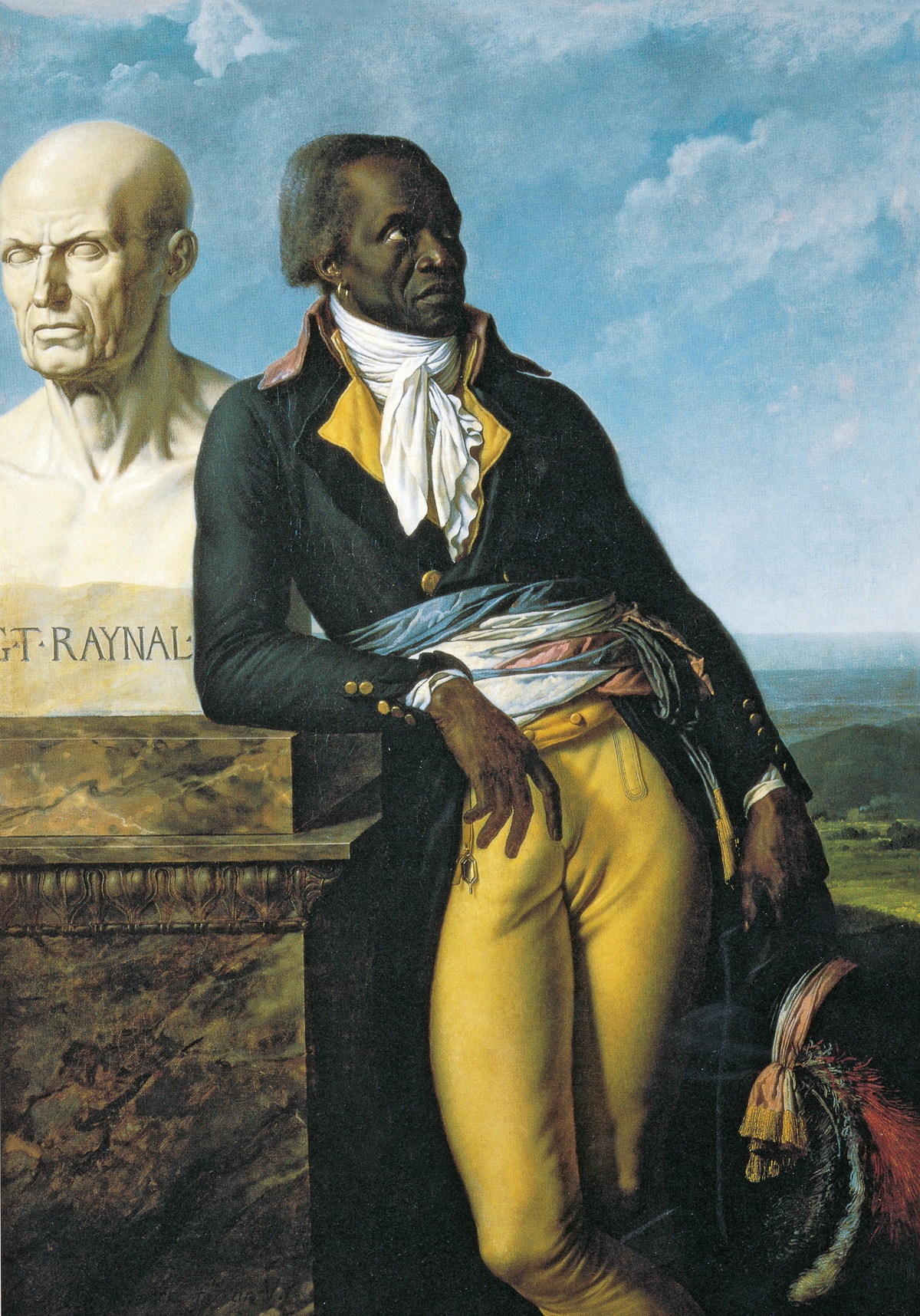
VIII The battle on the island of Lombok between the last Balinese ruler, Anak Agung Nengah, and Dutch troops in 1894 is depicted on this Batik textile.

VIII The battle on the island of Lombok between the last Balinese ruler, Anak Agung Nengah, and Dutch troops in 1894 is depicted on this Batik textile.

IX The Metamorphosis of Surinamese Insects, Maria Sibylla Merian’s lavish book of natural history. This plate shows Flos pavonis (‘Peacock Flower’), which Surinamese women used as an aid to abortion.

X East India House, in the City of London, was one of the centres of the global commercial enterprise that lay at the heart of British imperial expansion. It was adorned with allegorical works such as ‘The East Offering Her Riches to Britannia’.

XI The Battle of Plassey, 1757. Robert Clive of the British East India Company defeated the Nawab of Bengal with the help of Mir Jafar, a local nobleman.

XII Drawing from the sketchbook of Tommy McRae, an Indigenous Australian artist, c. 1880.

XIII Portrait of Bennelong, who was captured in New South Wales in 1789 by the order of Governor Arthur Phillip, who hoped to learn the customs of his people.

XIV 18th-century English advertisement for ‘Best Virginia’ tobacco.

XV A Danish colonist in Africa with a slave working in the background. This picture is dated to September 1817 although the slave trade was abolished by Denmark in 1803.

XVI During the French Revolution the Convention, led by Robespierre, abolished slavery and agreed to representatives from the colonies attending the French parliament. The member for Saint-Domingue was Jean-Baptiste Belley, portrayed here by Girodet.
The British and Russian Empires
The shading indicates all territories that were at any time – not necessarily at the same time – ruled by the colonial powers. The eastern states of North America, for instance, ceased to be British in 1776, and Alaska ceased to be Russian in 1867.

![]() The British empire, colonies, protectorates, mandates and dominions
The British empire, colonies, protectorates, mandates and dominions
![]() The Russian empire
The Russian empire
![]() Soviet aligned states
Soviet aligned states

XVII The ‘exotic’ peoples of the empire began to fascinate European Russians in the 18th century. Top left to bottom right these engravings show: a Kirghiz, a shaman from Krasnoyarsk, a Yakut, a Cossack, a Tatar, a Pole, a Lapp, a Finn, and an Armenian.